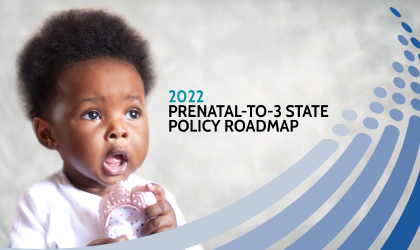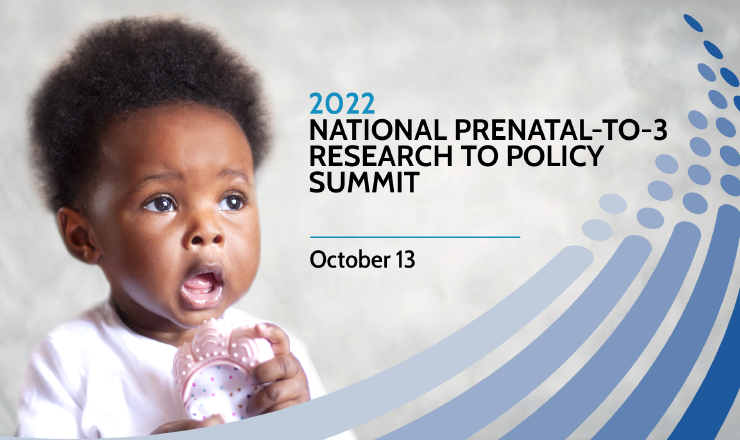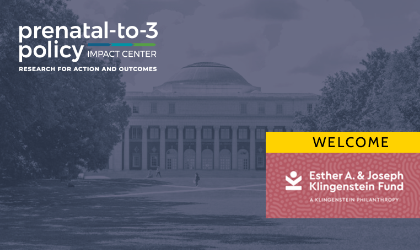- Home
- /
- Research Topics
- /
- Nurturing Behaviors
Nurturing Behaviors
Stable, nurturing, and responsive relationships with caregivers during the earliest months and years of a child’s life are critical for long-term healthy development. These interactions shape brain architecture, both providing the positive stimulation children need for typical development and acting as a buffer to stress, protecting the developmental process from disruption.
Featured Resource
Browse state-level data on daily reading and other nurturing parenting behaviors alongside other outcome measures to track the overall health and wellbeing of infants and toddlers and their parents.
Related Resources
Evaluating Texas’s in-kind and monetary assistance during COVID-19 To promote nurturing and responsive parent-child relationships and healthy home environments, states can offer home visiting programs to expectant and new parents with young children. During the
- Blog
- |
You may know our signature publication, the Prenatal-to-3 State Policy Roadmap, which provides states with actionable, evidence-based policy solutions to support young children and their parents. But did you know that the Roadmap is just
- Roadmap
- |
We released our 2022 Prenatal-to-3 State Policy Roadmap in October which provides guidance to state leaders on the most effective investments states can make to ensure all children thrive from the start. Below, you’ll find
- News
- |
Rigorous scientific evidence informs our annual policy guide, which gives states actionable solutions to improve outcomes for all young children.
October 13, 2022 Thousands of national and state leaders, scholars, and practitioners gathered virtually for the preeminent summit on the prenatal-to 3 period. Participants heard the latest research on the most effective policy actions state
Resources to support research on state policies that improve early childhood development and wellbeing Nashville, TN — The Prenatal-to-3 Policy Impact Center is proud to announce a generous $300,000 multi-year grant from the Esther A.







